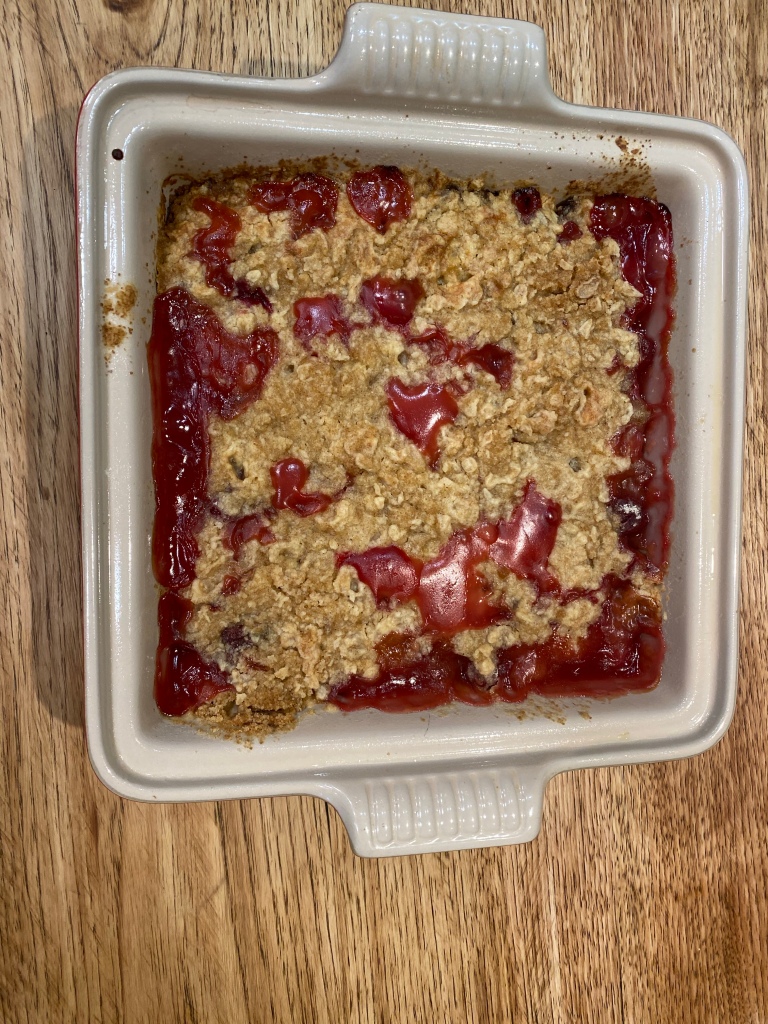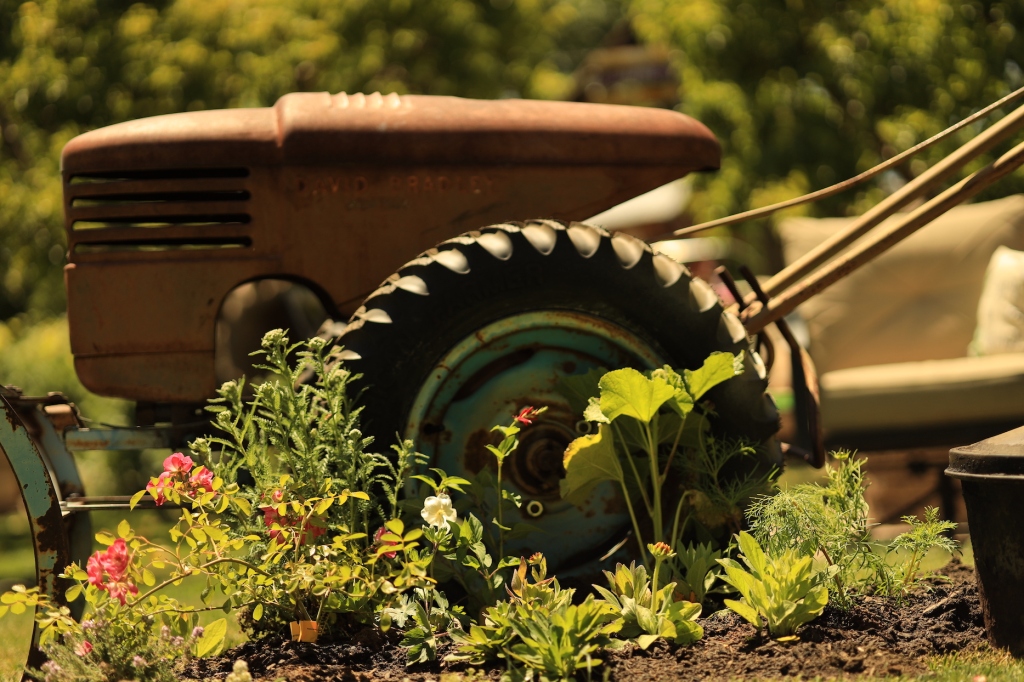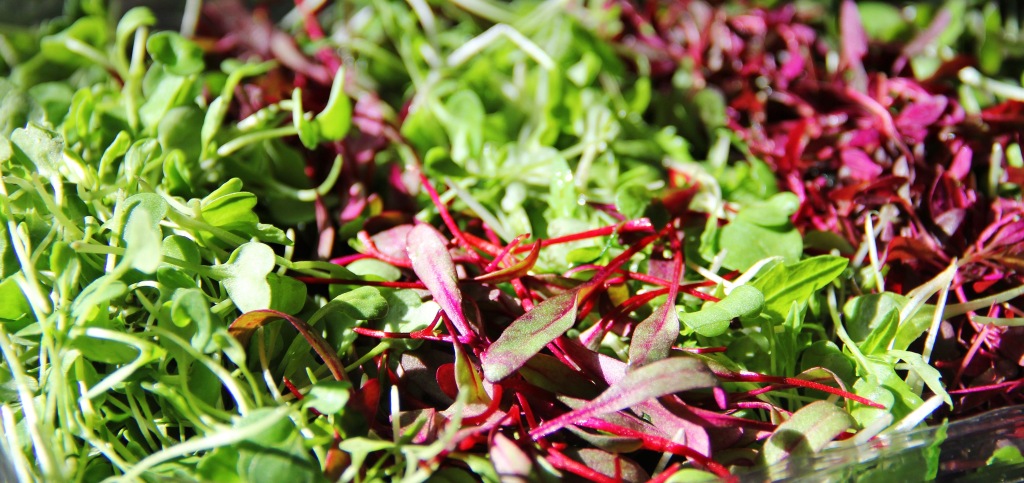It’s late summer and the potatoes were harvested this week and are in the cool room laying flat to cure. These potatoes will be moved into storage in another week for winter long term storage. These fresh potatoes make the best roasted potatoes and is simple and tasty. You can use potatoes that have been cured for this and they are yummy, but these low starch potatoes are a treat!
Potatoes that haven’t cured completely do not have the starches that a freshly harvested potato or even early summer new baby potatoes.
Here is our recipe that is so tasty you’ll want to make it often!
Roasted Smashed Potato
Preheat oven to 425°
Boil in water with a bit of sea salt small or fingerling potatoes till fork tender.
Lay out on a baking sheet and cool slightly, smash with the back of a measure cup. Potatoes should smash easily.
Sprinkle with sea salt, pepper and drizzle with olive oil (avocado and grape seed oil work great too) and bake about 40 minutes or until edges are crispy. We like ours extra crispy and dark golden colored.
Meanwhile mix together vinagerette.
2 T whole grain mustard
2 T sherry vinegar
2 T olive oil *optional. We use it sometimes and sometimes not. Both ways really good!
2-5 garlic cloves minced or run through a press
2 T finely chopped chives
Once the potatoes are roasted to your liking, dish up, drizzle with vinaigrette and serve hot!
ENJOY!







